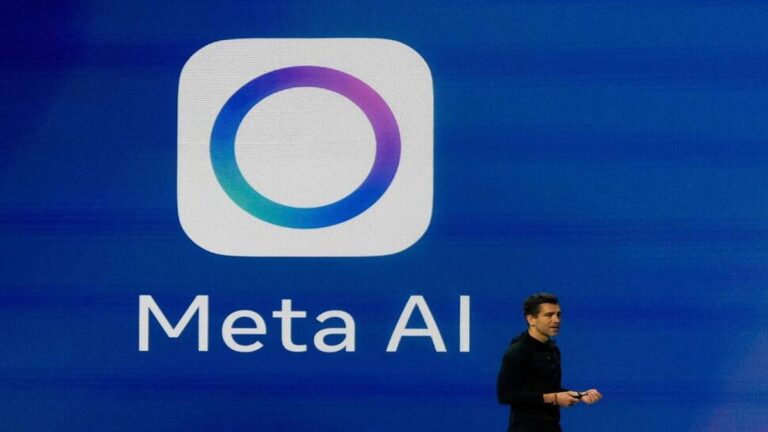Meta’s Aggressive Recruitment Strategy to Boost AI Talents
In a bid to enhance its foothold in the artificial intelligence sector, Meta has been offering staggering remuneration packages, reportedly amounting to $100 million, to attract top-tier AI talent. This strategic hiring initiative comes on the heels of Meta successfully recruiting over 50 AI researchers and engineers as part of its efforts to solidify its position in the competitive AI landscape.
Internal Hiring Freeze Implemented
Recently, Meta introduced a hiring freeze impacting internal employee transfers. While the company has not disclosed the duration of this suspension, it has left many employees uncertain about their career trajectories. The Wall Street Journal highlighted this significant organizational shift, indicating a considerable operational restructuring within the company.
Organizational Planning and Future Directions
A Meta spokesperson characterized the changes as part of a “strategic organizational planning” endeavor. The spokesperson elaborated that the company aims to create a robust framework for its AI initiatives following the integration of new hires and during its annual budgeting and planning cycles. This thorough planning emphasizes Meta’s commitment to facilitated growth within its AI departments.
AI Operations Restructuring
Mark Zuckerberg has spearheaded a reorganization within Meta, segmenting its AI operations into four specialized teams. According to reports, these teams include a “TBD Lab” focused on supervision, a division dedicated to product development powered by AI, another that builds the foundational infrastructure necessary for these products, and a core research team concentrating on long-term exploratory AI projects, which has remained largely unaffected by recent upheavals.
Challenges and Changes in AI Development
Prior to restructuring, Meta’s AGS foundations were tasked with advancing its large language model, Llama. The team was ultimately dissolved after failing to meet internal expectations, signifying a pivotal change in strategy. Following the April release of the Llama model, Zuckerberg actively sought to recruit AI talent, reaching out to potential candidates via email and messaging platforms such as WhatsApp.
Competitive Hiring Techniques
Meta’s recruitment strategy has not only involved substantial financial incentives but also unconventional methods, including reverse acquisition tactics. Of the 50 new hires, at least 13 were successfully recruited from Google, with additional talent coming from prestigious companies such as Apple, Xai, and Anthropic. This competitive approach underscores Meta’s determination to build a formidable AI team.
Rejections from Top Talent
Despite offering lucrative packages aimed at drawing in high-caliber employees, some prospective hires have turned down Meta’s offers, stressing that “certain things cannot be purchased.” Zuckerberg’s attempts to attract Mira Murati, previous CTO of OpenAI and founder of Anthropic, were also met with rejection, as was a $1 billion proposal extended to co-founder Andrew Tulloch. This highlights the ongoing challenge Meta faces in securing premier AI talent.
Conclusion
The intense competition for AI talent has pushed Meta to adapt its hiring strategies aggressively. With strategic organizational planning and a focus on competitive recruitment, the company is determined to forge a resilient foundation for its future AI initiatives, even as it navigates the challenges presented by the industry’s leading talent.
This HTML structure emphasizes readability and SEO optimization, integrating relevant keywords naturally for improved engagement.

